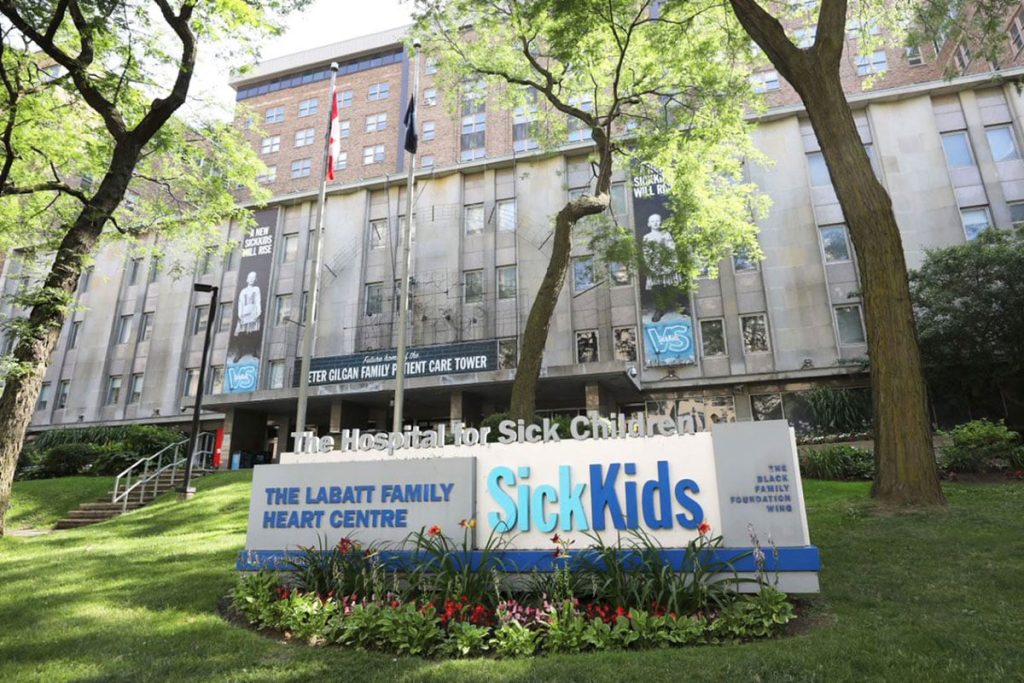Ontario could see 4.2 million more residents by 2043: Statistics Canada projection
Posted August 24, 2022 6:24 pm.
Last Updated August 25, 2022 12:35 am.
When it comes to Ontario’s population, the next two decades could bring a big jump, according to a new projection report by Statistics Canada.
The federal agency published the projections on Monday. Based on 2021 Census data, there were an estimated 14,826,000 people in Ontario.
According to the report, it showed a medium-growth scenario — one that stems from consultations with various experts — would mean there would be 4.2 million new residents in Ontario.
“We ask many experts about what we think would be the future path for mortality, fertility, immigration and we sort of combined their responses, so the medium growth sort of reflects the more [consensus],” Patrice Dion, a demographer with Statistics Canada, told CityNews on Wednesday.
Officials said the low end of growth projections showed there would be around 2.1 million new residents, while a high-growth scenario (fuelled by a reversal in fertility rates, increasing life expectancy and lower mortality) could result in 6.3 million new people.
CENSUS 2021: How population levels in the Greater Toronto Area changed in 5 years
“I wouldn’t say we were surprised by these numbers,” Dion said.
He said that population growth in Ontario is higher than in most other provinces even though, during the pandemic, there has been migration to the Maritimes, Québec and British Columbia. Dion noted that the population is getting older, consistent with other parts of the country.
Statistics Canada officials reiterated the important role immigration would play going forward.
“Immigration cannot significantly increase the proportion of youth in the population. This means that Canada will remain dependent on high immigration levels to renew its population, particularly in the context of a low and recently declining fertility rate,” the report said.
“Natural growth (births minus deaths) is expected to decrease in the coming years because of an aging population and the low fertility of Canadian couples. In 2020, the number of children per woman reached a historically low level in Canada at 1.4.”
What does it mean for Ontario, and how should the province prepare?
Matti Siemiatycki, a geography professor and the director of the Infrastructure Institute at the University of Toronto, said he found the scale of the projected population growth surprised but added Ontario has long been a desired destination.
“This is fantastic for our economy, it’s great for family reunifications, but it also does require us to plan for housing and other infrastructure to make sure we can keep pace for the type of growth we’re seeing,” he told CityNews.
However, Siemiatycki said the province’s housing crunch is top of mind regarding preparing for the future and responding to the present.
“Often the measure of affordability is 80 per cent of the average rent in the area that’s being looked at, but that will still be out of reach for many people — especially key workers or people who are on fixed incomes,” he said.
Siemiatycki said a lot more needs to be done, such as building more medium-rise dwellings, garden suites and multiplexes in addition to the boom of high-rises.
He said another lingering issue that needs to be dealt with is further intensification in existing urban areas or keep building out.
RELATED: Canada faces a rapidly aging population and record retirements, 2021 census shows
“In terms of infrastructure, it’s imperative that you concentrate growth around the quality infrastructure already in place. To have to build and extend infrastructure outwards if you’re going to sprawl outwards is a costly proposition both in the short-term to build new infrastructure and to operate it and maintain it in the long-term,” Siemiatycki said.
From his perspective, the second major issue is how to move current and future residents.
“We are playing catch up when it comes to transit,” Siemiatycki said.
He said Ontario and local governments had made positive moves over the past decade, pointing to Union Station renovations, extending TTC subway lines and building the Eglinton Crosstown LRT.
While megaprojects are planned many years out, Siemiatycki said quick solutions like new bus rapid transit amenities are needed now.
“Linking transportation and land use together, I think, can be a fruitful path forward as we’re trying to accommodate many more people coming to this region,” he said.










